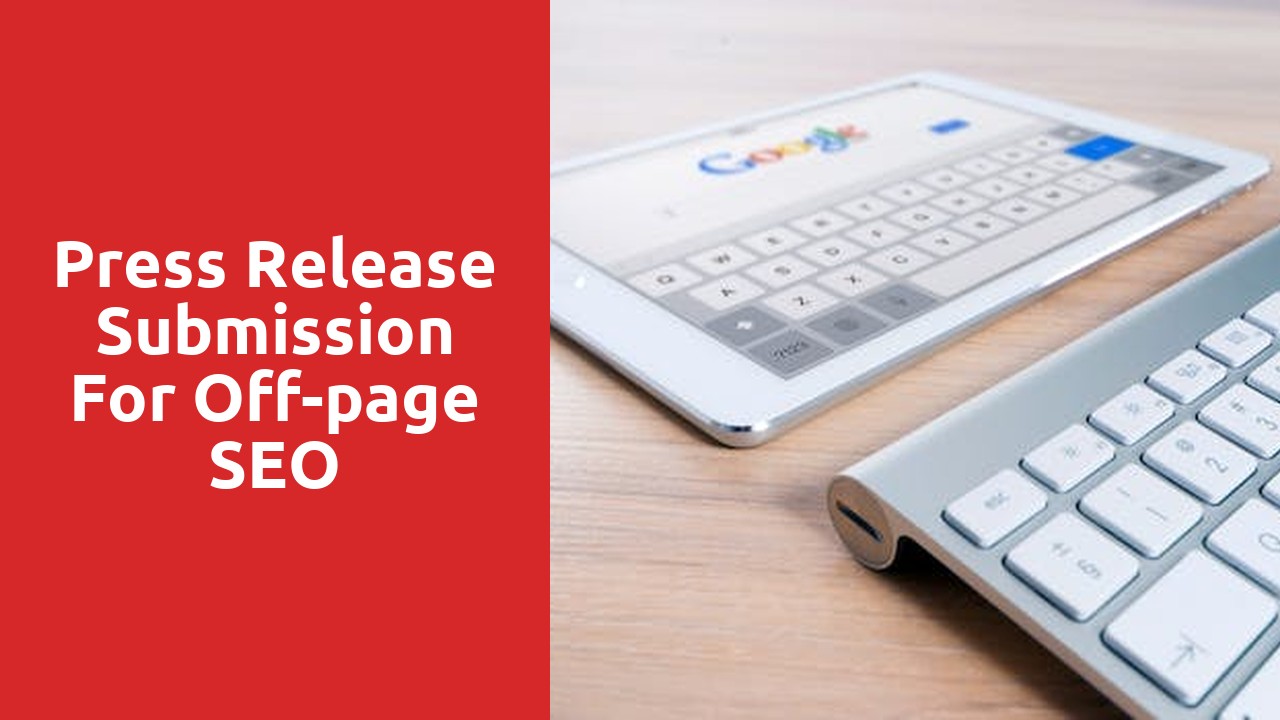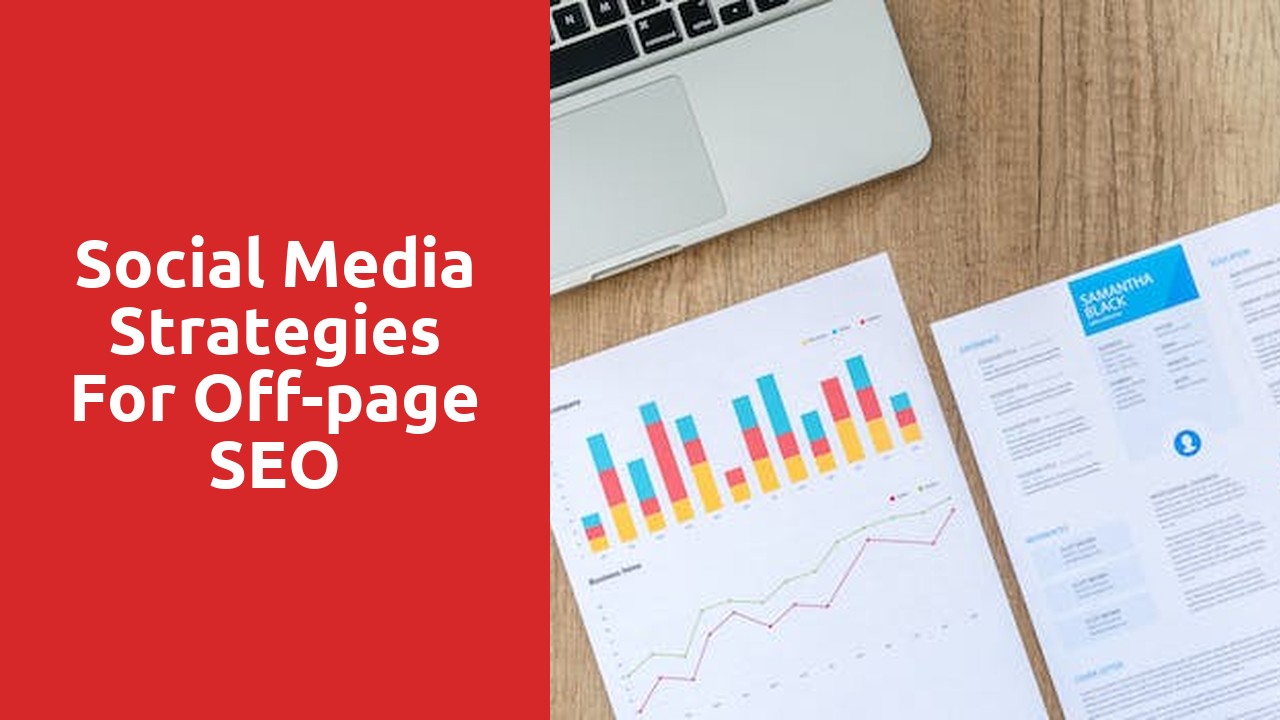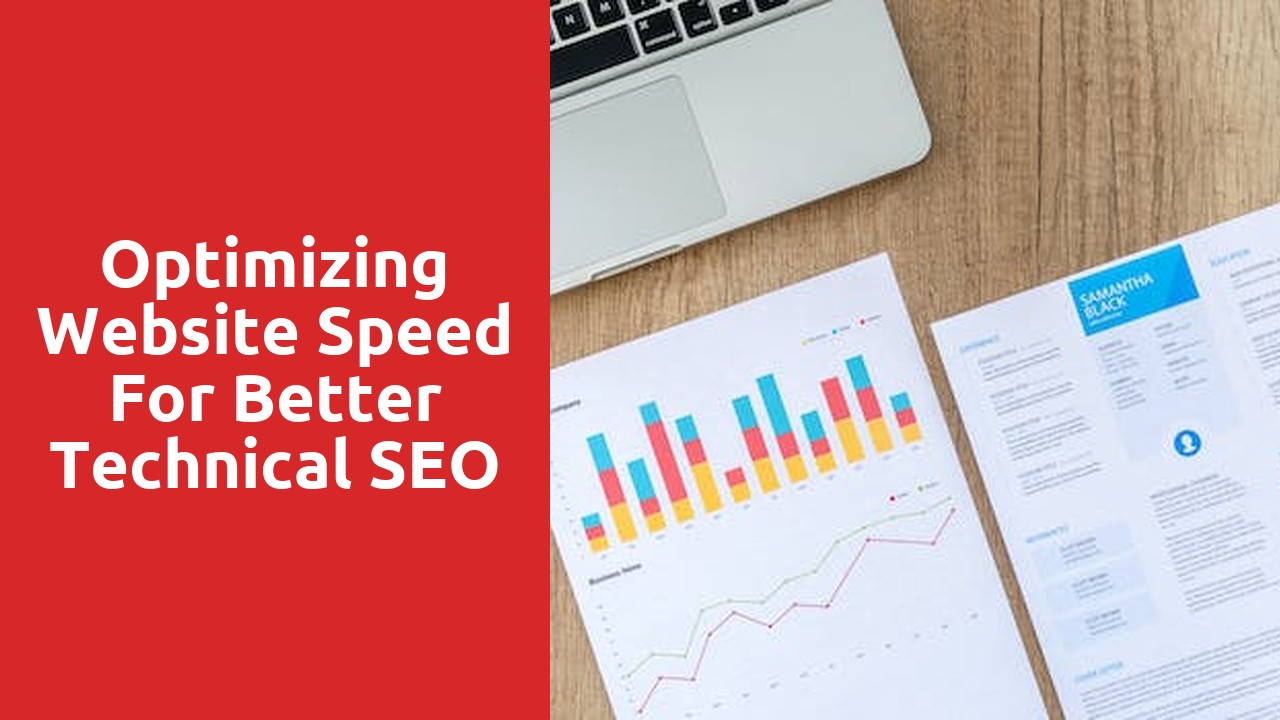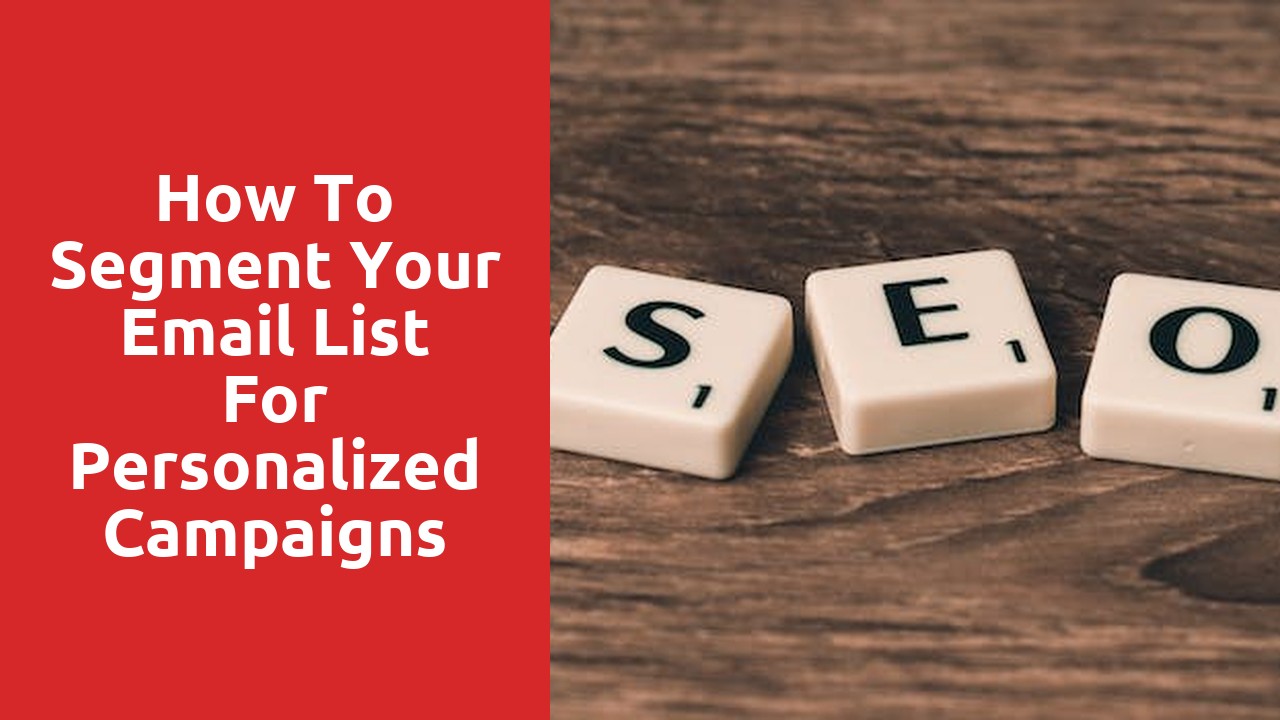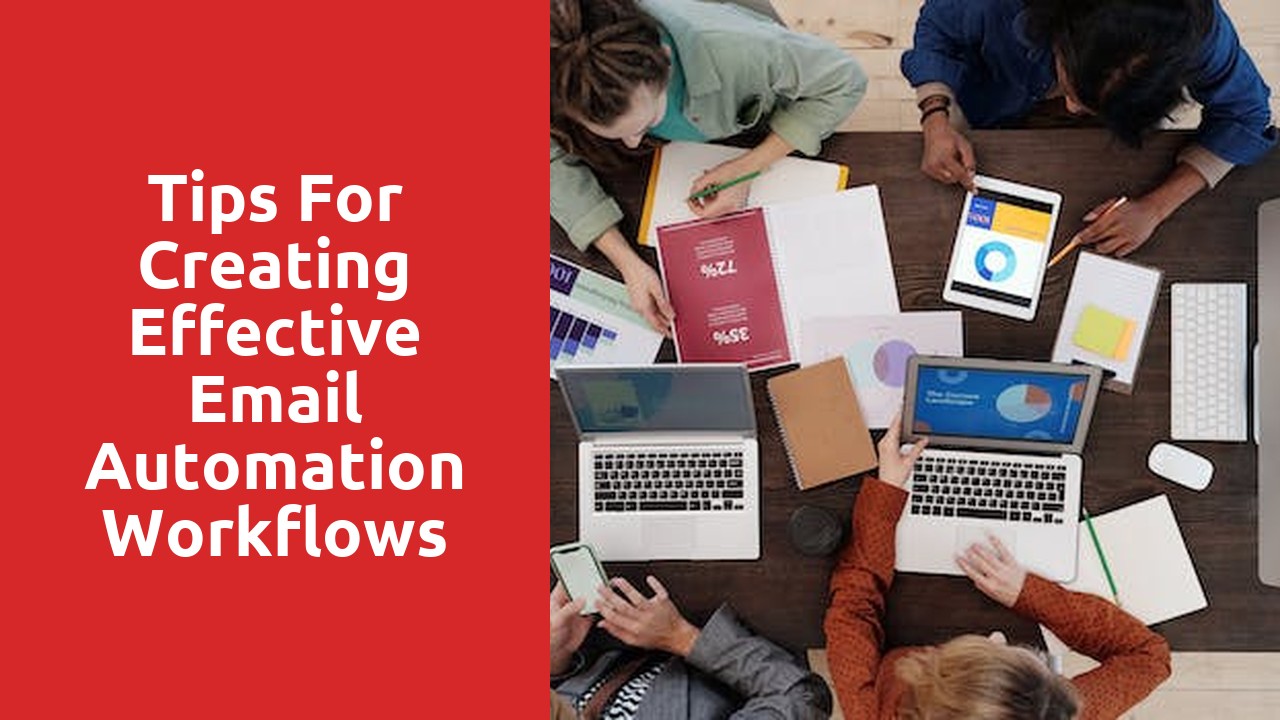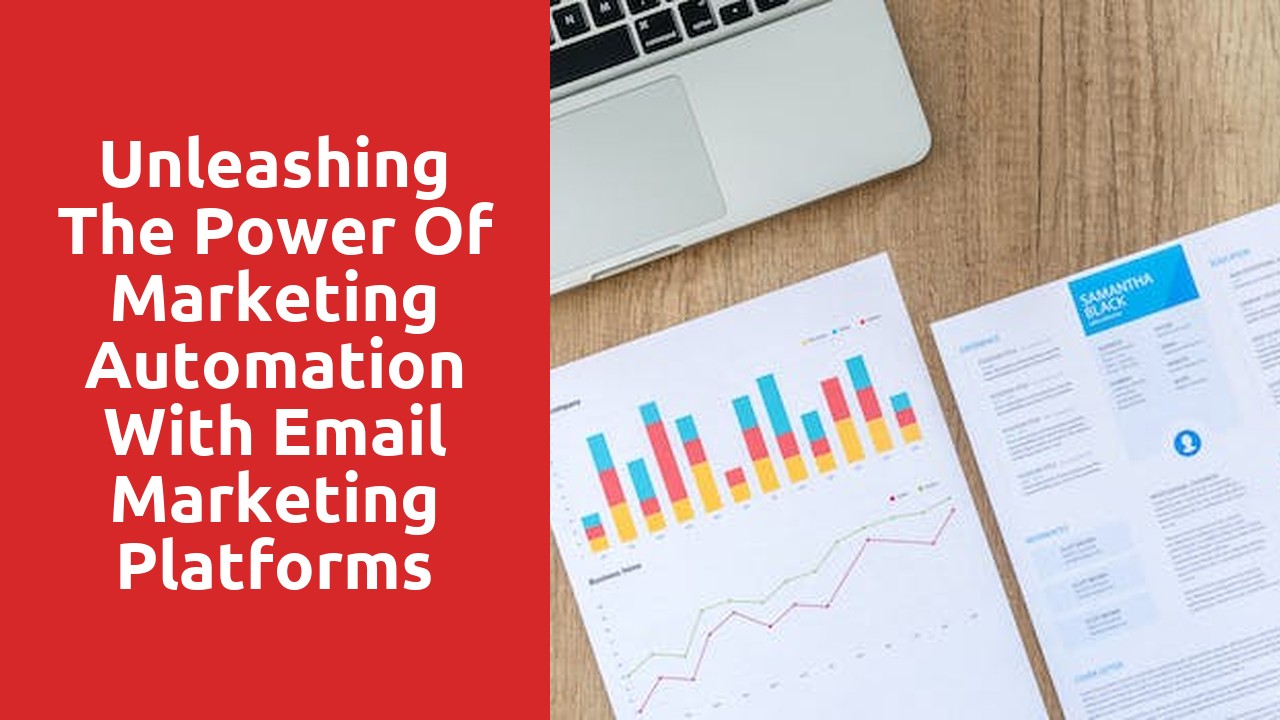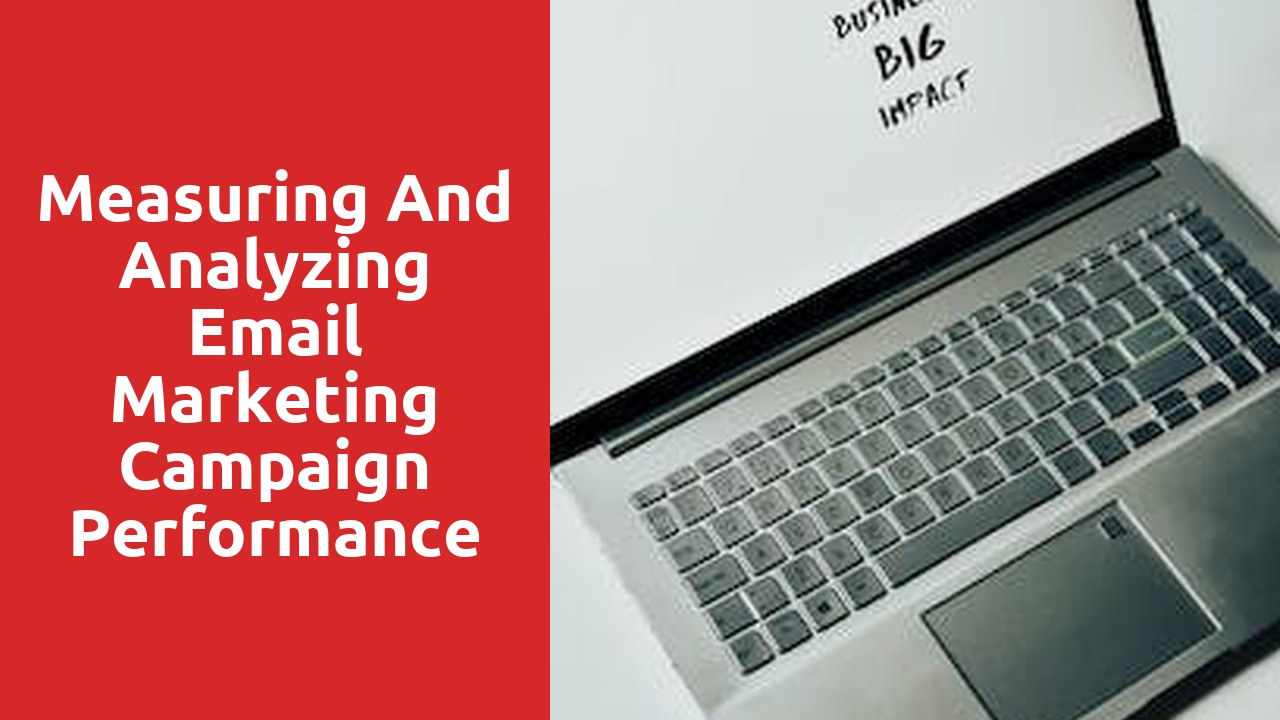Understanding the Importance of Email Deliverability in Automation
Email deliverability plays a crucial role in the success of automation campaigns. When it comes to reaching out to your audience, ensuring that your emails are delivered to the intended recipients is of utmost importance. Without proper deliverability, all the effort put into developing compelling content and engaging automation workflows goes to waste.
In the world of automation, email is one of the key tools for communication. It allows businesses to nurture leads, send important updates, and build lasting relationships with customers. However, if your emails don’t make it to the inbox, all your well-crafted messages become irrelevant. This is where email deliverability steps in – it ensures that your emails are successfully received by your target audience, enabling them to take the desired action and engage with your brand. Without high deliverability rates, your automation efforts will fall short, leaving your marketing strategy ineffective. Therefore, understanding the importance of email deliverability in automation is crucial for businesses looking to maximize their marketing efforts and achieve their desired outcomes.
Identifying Common Challenges in Email Deliverability
Email deliverability is a critical aspect of any successful email marketing campaign. However, there are several common challenges that marketers often encounter when it comes to getting their emails into the intended recipients’ inboxes. One such challenge is spam filters. These filters are designed to protect users from unsolicited and potentially harmful emails, but they can sometimes mistakenly flag legitimate emails as spam. As a result, marketers need to ensure that their email content and formatting comply with best practices to avoid being marked as spam.
Another challenge in email deliverability is the issue of bouncing emails. Bounces occur when an email is undeliverable and is returned to the sender. There are two types of bounces: soft bounces and hard bounces. A soft bounce is usually a temporary issue, such as a full inbox or a server that is temporarily down. On the other hand, a hard bounce indicates a permanent problem, like an invalid email address or a blocked domain. Managing and reducing bounce rates is crucial for maintaining a healthy email deliverability rate. By regularly monitoring and verifying email addresses, marketers can minimize the number of bounces and improve the chances of their emails reaching the intended recipients’ inboxes.
Implementing Proper Email Authentication Measures
With the increasing prevalence of cyber attacks and email fraud, implementing proper email authentication measures has become more crucial than ever. Without adequate protection, organizations risk compromising sensitive information, damaging their reputation, and incurring significant financial losses. To address these threats, businesses must adopt robust email authentication protocols that will ensure the integrity and authenticity of their outgoing emails.
One of the most widely used email authentication measures is the Domain-based Message Authentication, Reporting, and Conformance (DMARC) protocol. DMARC helps businesses protect their domain from email spoofing and phishing attacks by allowing them to set policies that specify how email servers should handle unauthenticated messages. By implementing DMARC, organizations can establish a strong defense against malicious activity, improving the security and trustworthiness of their email communications. Additionally, DMARC provides valuable reporting capabilities, giving organizations insights into the sources and frequency of unauthorized email activities, enabling them to take proactive measures to address potential threats.
Creating Engaging and Relevant Email Content
In the digital age, where the average person receives dozens of emails every day, it is crucial for businesses to create engaging and relevant email content that captures the attention of their target audience. Gone are the days of generic, one-size-fits-all emails that end up in the “promotions” tab or, worse, the trash bin. To stand out from the crowd, businesses must adopt a personalized approach that speaks directly to the needs and interests of their subscribers.
One effective strategy for creating engaging and relevant email content is segmenting your email list based on various factors such as demographics, past purchase behavior, or engagement with previous emails. By dividing your audience into smaller, more focused groups, you can tailor your content to suit their specific preferences and increase the likelihood of them engaging with your emails. Personalization can go beyond simply using the recipient’s name in the subject line – it involves understanding their pain points, desires, and interests and crafting a message that resonates with them on a deeper level. By doing so, you can establish a genuine connection with your subscribers and foster long-term engagement with your brand.
Segmenting Your Email List for Better Deliverability
Segmenting your email list is a vital strategy to ensure better deliverability and engagement with your subscribers. By categorizing your subscribers based on their interests, preferences, or behavior, you can tailor your email content to their specific needs. This personalized approach not only enhances the relevance of your emails but also increases the chances of them being opened and read.
One way to segment your email list is by demographics such as age, gender, or location. This enables you to send targeted messages that resonate with different groups of people. For example, if you have a clothing store, you can segment your list based on gender and send specific promotions or recommendations to male and female subscribers separately. This level of personalization makes your emails more appealing and increases the chances of conversion.
Regularly Cleaning and Maintaining Your Email Database
To ensure the effectiveness of your email marketing campaigns, it is crucial to regularly clean and maintain your email database. A cluttered and outdated database can lead to lower engagement and higher bounce rates, hindering your marketing efforts. By following best practices and implementing a routine maintenance plan, you can keep your email list healthy and maximize the value of your campaigns.
The first step in maintaining your email database is to regularly review and remove inactive subscribers. These are individuals who have not engaged with your emails for a significant period of time. By removing them from your list, you can improve your deliverability rates and focus your efforts on those who are truly interested in what you have to offer. Additionally, regularly cleaning your database will help you save costs on email services, as you won’t be paying for contacts who are not actively engaging with your content.
